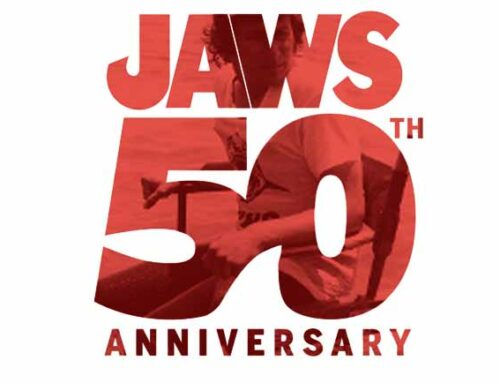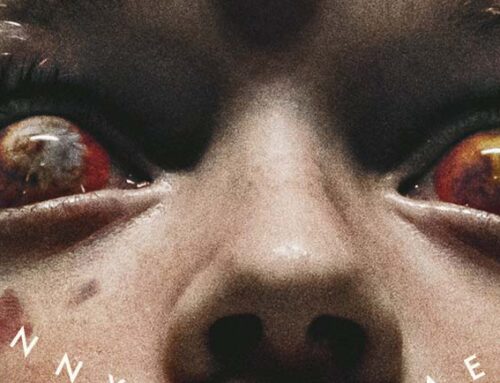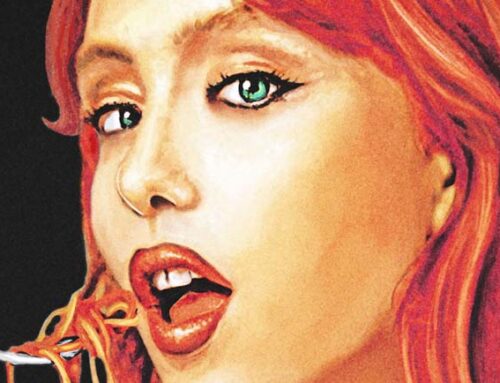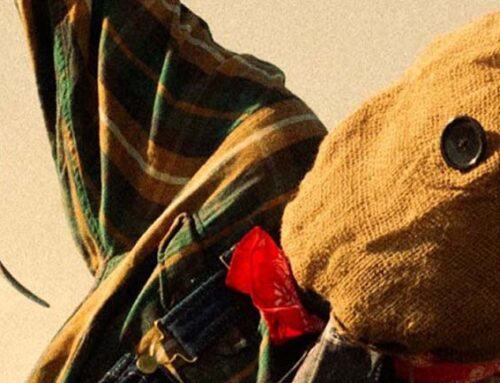What do the horror titles Deadbolt, SurrealEstate, Slasher and Motherly all have in common? Composer Spencer Creaghan. While Spencer doesn’t solely work in horror, some of his other titles include Terry’s Car Gets Stolen & Quickening, he has definitely perfected his craft nicely for the genre. His latest film is the Tubi slasher, Killer Body Count, directed by Danishka Esterhazy (Slumber Party Massacre). Killer Body Count follows Cammie as she is sent to an isolated rehab center after being mistaken for a sex addict by her devout father. But when a killer begins to hunt the teens, Cammie realizes that her survival and her independence are intertwined in ways she could never imagine.
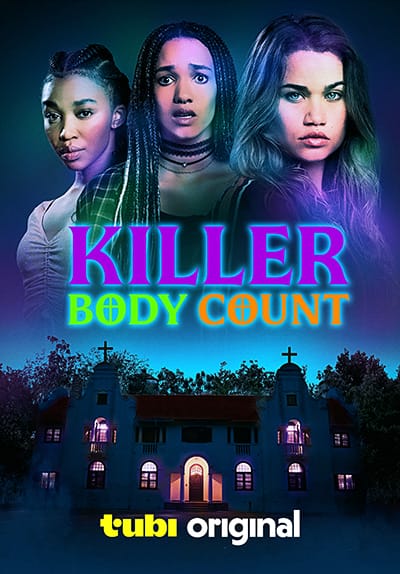
The Killer Body Count score was a unique one for Spencer to create because the director, Danishka Esterhazy, had the idea of juxtaposing shame and sensuality, with the use of an organ. He explains, “We wanted the score to also be a folk horror, but with a more religious focus – a religious horror; if you will. So where a lot of my other scores use orchestral elements, I wanted this score to have two distinct musical voices—one for the Father, and another for the teenagers. The Father’s music would be traditionally orchestral, almost what one might expect from a fun horror film. The other would be entirely different, something we’d never heard before!”
We spoke with Spencer more in depth about this and much more in the below interview.
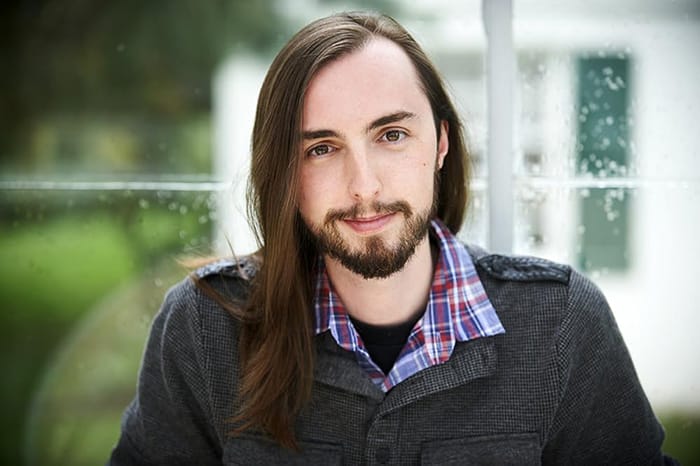
-What scene was the most fun to work on in Killer Body Count? Why?
This is almost like asking a composer what their favourite score is! While I plan my scores with a roadmap or blueprint to help me know where the themes will occur and to help connect lines between the scenes, I allow for a lot of discovery throughout the process. Killer Body Count was no different, and so one of the big discovery moments was in the main theme for the film.
There’s a scene early on when Cammie is arriving at the treatment center. There is wide eagle-eye shots of trees looking down upon her car, and shots within the vehicle where we’re with her gazing out at the trees going by – a dark forest encapsulating her. I wrote a cue for this scene to represent abandonment, anger, betrayal, and loneliness, but besides this establishing scene, I wasn’t sure where else to use this music that I so deeply loved.
A day or two after completing this scene, I tried the cue in a later moment when Cammie and Wyatt are searching the premises at night looking for their phones. The cue not only worked great, it opened up the entire realm of possibilities of where the score could go. Suddenly, this theme that felt like betrayal, anger, abandonment, and loneliness, was given a power, a sword, a purpose, it was given confidence and attitude, it felt like the two women taking agency over their lives. And all of a sudden, I realized that what I had written in the car drive wasn’t a theme of sadness or loneliness, but of a theme of power not yet to be discovered— and with that the main “Whores of Babylon theme” was born! This theme appears a few times in the film, but in this specific arrangement it appears 3 times: the car drive, sneaking around the house, and finally when Cammie decides to fight back against The Father and save her friends from the cult practices of this evil religious group. The theme that we had once known for its pain, became something of strength. And for that reason, this single moment of Cammie and Wyatt searching around the premises at night looking for their phones became not only one of my favourite scenes to score, but also one of the most important scenes to help discover the emotional purpose of my score.
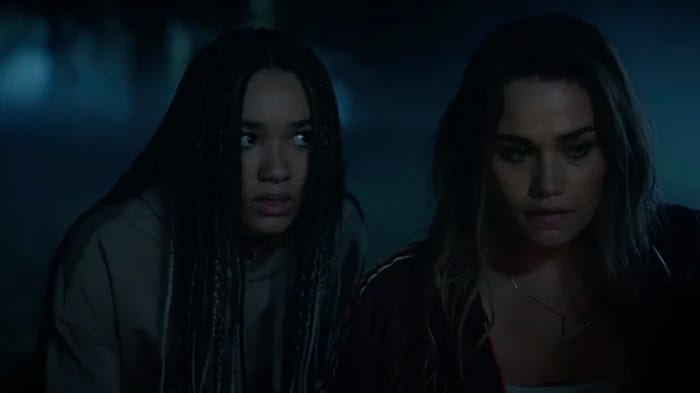
-How would you say this score is different from some of your other film scores?
What drew me into the film was director Danishka Esterhazy’s idea of juxtaposing Shame and Sensuality with the use of an Organ. We wanted the score to also be a folk horror, but with a more religious focus – a religious horror; if you will. So where a lot of my other scores use orchestral elements, I wanted this score to have two distinct musical voices—one for the Father, and another for the teenagers. The Father’s music would be traditionally orchestral, almost what one might expect from a fun horror film. The other would be entirely different, something we’d never heard before!
I took inspiration from Riot Grrrl punk, Black Metal, Industrial Goth Rock artists like Chelsea Wolfe, and the seductive synth R&B of the late 80s/early 90s and merged all of these sounds to create something rebellious, angry, propelling, modern, nostalgic, and confident.
I adore world building through my scores, finding a way to create a unique musical language separate from what I have done before or what I have heard before, whilst still tipping my hat to a genre or to my heroes. In many ways Killer Body Count is an homage to some of my favourite horror composers like Bear McCreary, Jerry Goldsmith, and John Carpenter, and in other ways it’s my love of female lead goth rock and metal from bands like Within Temptation, Lacuna Coil, and Spiritbox all merging together with my own signature musical attributes and some religious undertones to create something unique and special!
-How hands on was director Danishka Esterhazy with the musical aspect of the film?
Danishka is a joy to work with because she knows her film inside and out. We had a great spotting session to start and had been emailing back and forth sharing musical ideas, narrative themes, and some ideas she had for the score, such as the use of the Organ, using the traditional hymn “Thy Blood In Mercy Poured” for the camp itself, and ensuring the score captured the film’s themes of Shame and Sensuality. From there, she let me explore whatever direction my creativity led me. As I wrote the score, I shared scenes and sequences with updates of where I was heading with the music and she would share thoughts as we went – we were on the same page from the get go, so there weren’t too many changes, which was really exciting as I knew the score would be pretty out there, thankfully Danishka also appreciates the “out there” choices! We’re both a fan of unique musical instruments and having a “voice” for the score, allowing it to become its own character within the film, and we both love themes and leitmotif for different characters, so she gave me the freedom to explore these in a way that made sense for our film, such as the whispered chants for The Father!
-How did you come up with the idea to use a church organ for a slasher film?
This was Danishka’s idea off the top, she loved the idea of this church organ sound, almost like a doom aura sweeping over the teenagers, but she also loved how organ appeared in the seductive synth music of R&B and classic rock. It’s funny how this same instrument can be identified to two styles of music that are almost morally opposed to one another. So that’s where the idea of the organ was born, this unifying juxtaposition of this one instrument.
I knew I wanted the score to have two musical identities, a traditionally orchestral one for the Father and the camp, with a youthful electronic/rock sound for the teenagers. During my first few days scoring, I was having a really difficult time making the two styles work to allow for a cohesive score, but then I started putting the organ into cues both for the father and for the teenagers and all of a sudden the score started working. The two styles started feeling like one unit instead of two opposing forces, and the score began to find its identity!
I’ve done enough films at this point that I know that early ideas don’t always make it to the end, many are abandoned as the score is discovered. So I’m thrilled that the organ is what became “the sound” of the film! That it lived on from conception to reality, and helped shape the characterization of the music.

-About how much music did you create for Killer Body Count?
Killer Body Count might be the longest film I’ve worked on, it’s about 1hr45mins and there’s about 70 minutes of music in the film. I scored it in just under 4 weeks with help from my team at my studio Empathica Studios, who contributed to many aspects of the score including some additional music. It was an incredibly difficult score to write both in concept, in total minutes of music, and in the amount of time given to complete it and I’m deeply proud of its final result!
-Were there any happy accidents with Killer Body Count?
The biggest happy accident was absolutely the discovery of the Whores of Babylon theme and that the Organ would indeed become the central sound for the film, but beyond this I remember scoring the scenes for the Father’s first big murder moment near the end of the first act- the first scene I scored for the film, I think. Still figuring out the sound, I had written a lot of melodies for the Father on piano, but nothing was sticking, it all felt too “Dun Dun Duuuuunnn” to work for the character. Then as I was writing emotional beats of the cue, I started hearing this whispering sound. I’m not sure if it was a loose chord, or maybe some hiss from a distortion — or perhaps something beyond hah — but I loved it and realized I was tackling the character all wrong, a big melody wasn’t the way to go, nor was anything with notes, this was a religious cult, these deaths were religious sacrifices to god, and I needed to approach the Father’s theme as if he were the leader of a cult, and evil whispered chants are THE most cult-y thing a cult can do haha and so The Father’s theme was born. One of my favourite moments in the film is near the end when Cammie is walking down basement stairs to a secret lair and the whipster chants play over her descent. You can feel the Father’s presence with those changes even if he’s not on screen at that moment, the music helps evoke that this is HIS lair, this is HIS domain, and Cammie better be careful. This is the power of leitmotif and thematic storytelling with a score that I’m a big fan of and incorporate into all of my scores.
-You have scored numerous horror projects. What would you say is your favorite thing about working in the horror realm?
I got into film scoring because of my love for the grandiose, the epic, the loud, and big orchestral sound, the multilayered chaos of avant garde music and progressive metal, and the dark spooky melodies of goth rock and metal. I was never a “horror guy” growing, I didn’t start watching horror movies with any real interest or excitement until well into my late 20s, but I started scoring horror very early into my career because that’s what many filmmakers made, as they are less expensive and a great way to hone in on one’s craft.
Through doing more and more horror films I started to realize that a lot of the elements I wanted to do with my music existed in that world. The big, loud music, the dark melodies, the grand orchestration, the epic sound, the world building with music, all of that existed in horror.
My career dream is to one day score a fantasy series, something like Mistborn, Discworld, Stormlight Archive, or a Middle-Earth film, but until that day comes, I’m happy exploring the world of horror, and the world of animation, to keep honing my craft.
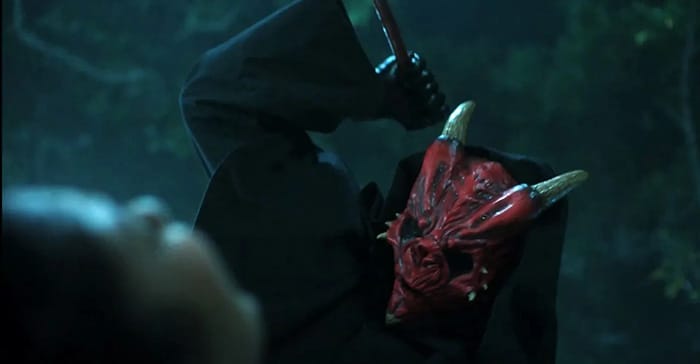
-What would you say is one of your most favorite horror film scores?
My favourite horror score of all time is The Witch by Mark Korven, he’s a colleague and was a mentor during my time at the Canadian Film Centre’s Slaight Family Music Lab, and the witch just blew me away when I first heard it. Beyond Korven, I’m a big fan of Bear McCreary and Christopher Young’s scores, both have such an operatic grandiose epic sound, and explore the orchestra with such vigour, I really love 10 Cloverfield Lane and Hellraiser respectively in this regard
-There is going to be a Season 3 of a show you work on for Syfy, SurrealEstate. How is your score for Season 3 going to be different from the other 2?
Who knows! I have many established themes from seasons 1 and 2 that will no doubt recur in season 3, and there’s a few new characters from season 2 that I’ve yet to write dedicated themes for that I’m excited to finally write. However, the thing about SurrealEstate is every episode involves a new house with a new kind of ghost and I decided early on to ensure each house had its unique musical voice distinct from the rest of the score! It makes every week a surprise as we never know where the music will go – last season I scored an episode using the sounds of dogs and wolves, and another episode was inspired by Hungarian folk music, so you never know where we’re going with SurrealEstate and that’s a lot of the what makes that series so much fun!

